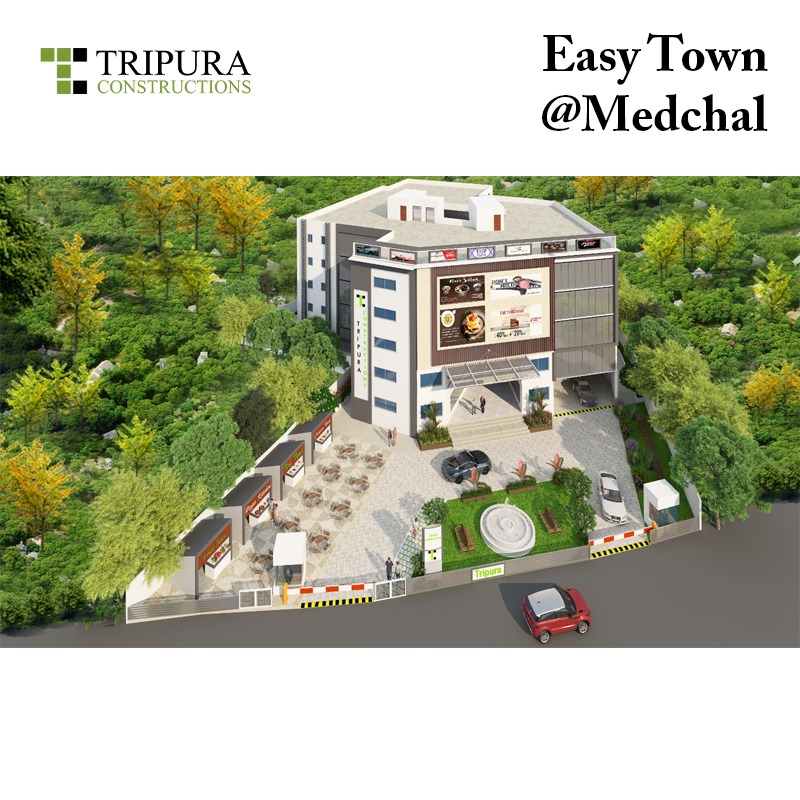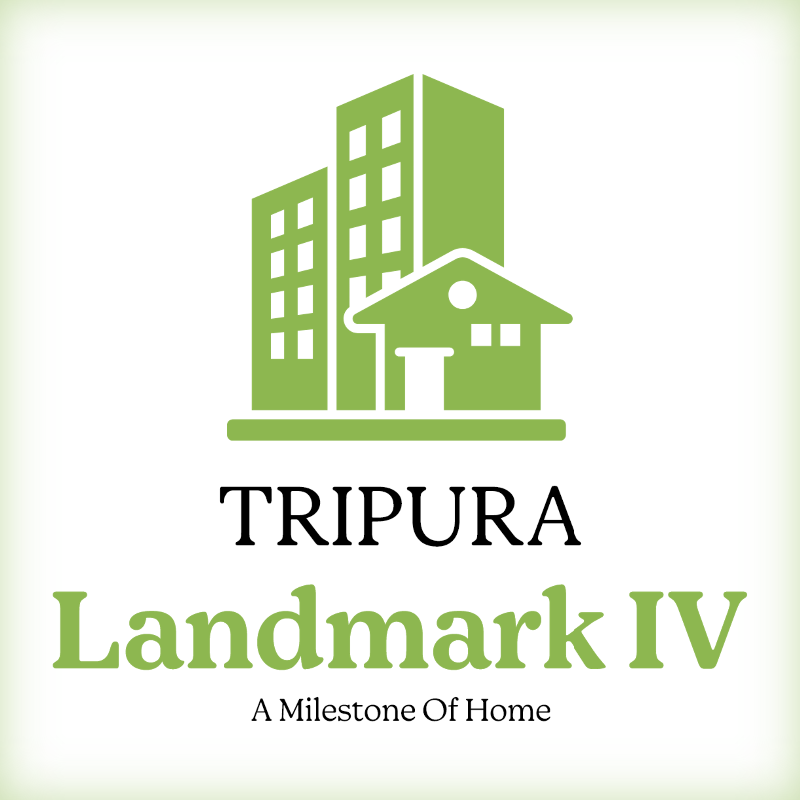THE FORCE
BEHIND TRIPURA
Say Hello to the home you’ve always wanted. Working with an expert professional on your side will ensure the delivery of expected results with minimal stress. With a budget in mind, you get to discuss realistic timelines and set expectations. We strongly believe that having open communication keeps anxiety at bay and makes everyone happy! Click on the video to learn more about the successful journey so far and the visionary’s plans for the future.
NO. OF PROJECTS
8 Completed,2 Ongoing &
2 Upcoming
NO. OF HOMES BUILT
500+
NO. OF HAPPY CUSTOMERS
500+
Testimonials
Haritha Verma
Tripura is one of the wonderful gated Community i have seen. Full of greenary, peacefulness and pollution free community with all necessities nearby.
Praveen Kumar Bacha
Nagendra had done good job in showing entire area and explained clearly on villa and amenties.
Thanks for detailed explanation.
Bharath Nallamothu
Polite people , good in construction mainly these guys are selling house very cheap compare others builders like my home , honour homes on same locations
Nagulu Gurappagari
Very good quality and very good staff especially Nagendra was very kind and knowledgeable to explain the whole property sale process..
Sai Charan
Good accocation with them investing my hard and money made good appreciation in a period of one year at
Tripura galaxy.


















